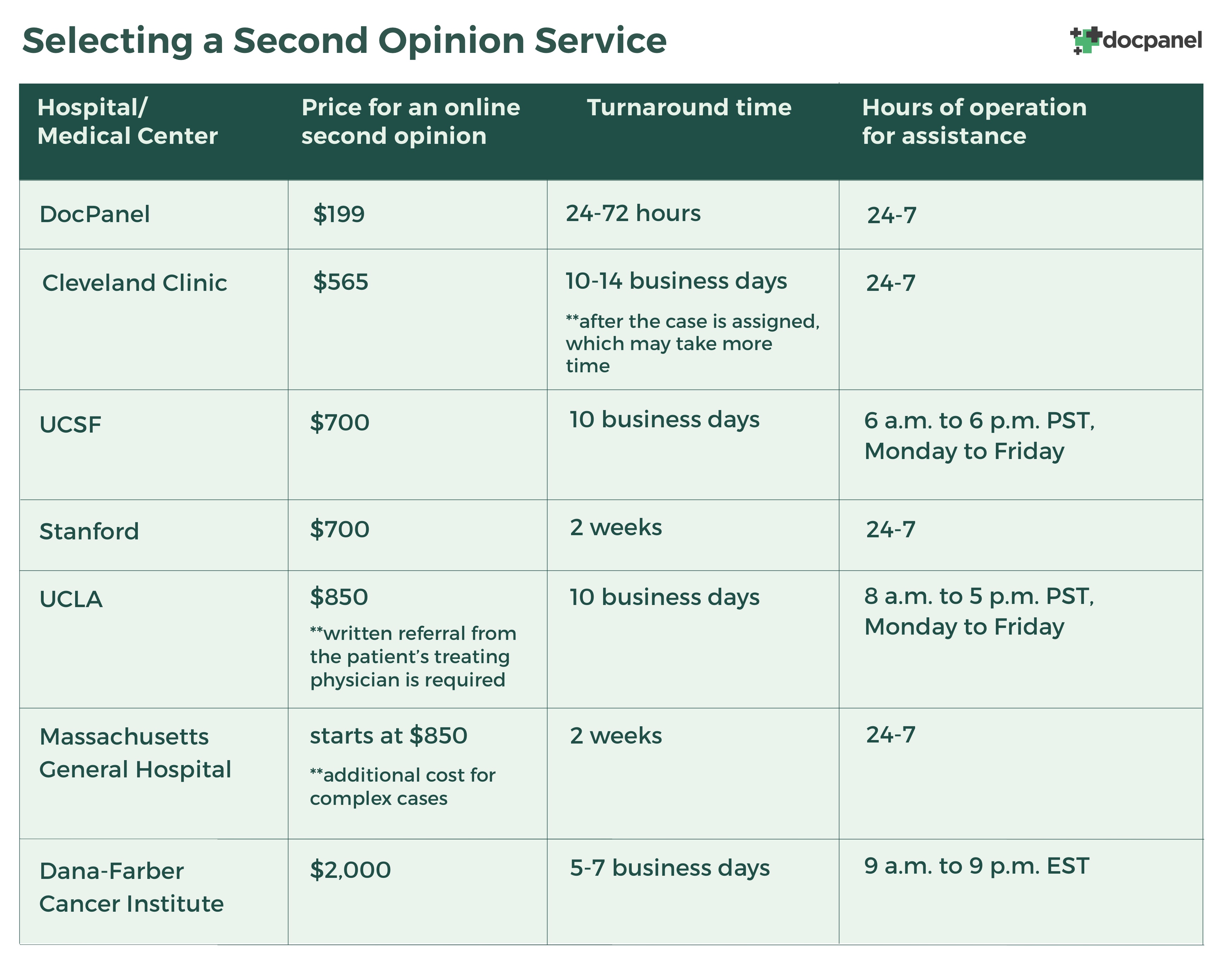From Stanford and UCSF to the Mayo Clinic and Dana-Farber Cancer Institute, many of the world’s top-rated subspecialty radiologists practice at medical centers in the US.
But seeking care at one of these prestigious hospitals or clinics can cost thousands of dollars, especially if you live outside America.
Online subspecialty second opinions bridge the gap in accessibility, providing patients all over the world with an affordable and convenient way to have their scans read by radiologists with the same level of expertise.
Benefits of a Subspecialty Second Opinion
The accuracy of a medical scan interpretation depends largely on the radiologist’s ability to understand the complexities of the specific body part being imaged. Certain types of scans, such as MRI and PET CT, are more difficult to read than others. And factors, including a patient’s age, impact how a scan should be analyzed.
Each year, over 12 million adults are misdiagnosed. Of that, 28% of the misdiagnoses are life-threatening or life-altering. – BMJ Quality & Safety
When dealing with cancer or another serious health issue, access to a subspecialty radiologist can mean the difference between life and death. But medical scans are often read by general radiologists, and much of the time, patients are unaware. While this is fine for some less complicated cases, many require the expertise of a subspecialty trained radiologist.
Learn more with our infographic: How Common is Misdiagnosis
Why Aren’t My Scans Initially Being Read by a Specialist?
Several factors can make it difficult for both patients and healthcare providers to access specialty readers. Some hospitals and clinics might not have the financial resources to hire a team of specialists. Others may be restricted due to a lack of available specialty-trained personnel. The UK, for example, is currently experiencing one of the biggest shortages with only 4.7 radiologists for every 100,000 people.
Because of delays in analyzing scans, many patients are left facing waits of more than a month to get their diagnosis. This creates a set back in treatment, which can be dangerous and even life-threatening.
Selecting a Second Opinion Service Provider
When choosing where to get a second opinion, there are several factors to take into consideration.
1. Who will read your scans
With DocPanel, patients have the option to either handpick their radiologist from over 400 subspecialists or have their case automatically assigned to the best-suited expert.
Other teleradiology companies and second opinion services, however, may only have general radiologists so it’s important to double-check. Even some major hospitals that offer remote second opinions do not have complete transparency when it comes to knowing exactly who your scans will be sent to.

2. How much will it cost
Care at America’s prestigious clinics and hospitals is generally very expensive, especially if you have to factor in the cost of travel. A remote second opinion from one of these institutions is much cheaper than full treatment, but it can still be costly, typically starting at $700 per scan.
With DocPanel, patients can access the same expertise for a fraction of the cost at only $199 per scan.
3. How long will it take to get results
The average turnaround time for hospitals that provide remote second opinions in the US is around 10 business days. But many require additional documentation, like letters from your physician or medical questionnaires, and others may want to speak with your primary care physician before moving forward. Hold-ups like these can prolong the process and cause a delay in diagnosis, which can potentially impact the effectiveness of treatment.
Through DocPanel, patients are guaranteed to receive their results within 72 hours. This can be especially helpful for international patients who would otherwise have to wait much longer to see a specialist.
How it Works
With a user-friendly online platform, patients can get an expert second opinion from DocPanel in three simple steps.
- Upload your scans via a secure online portal.
- Select your radiologist or have DocPanel choose the best subspecialist for your case.
- Get your second opinion results in as little as 24 – 72 hours.
Patients will also be able to message back and forth with their radiologist to ask questions and discuss concerns. For an in-depth step-by-step guide and answers to frequently asked questions, you can learn more here.
Who Should Get a Second Opinion
Medical imaging is an important diagnostic tool for nearly all major medical conditions and diseases. It’s essential for prevention, early detection, staging, and treatment. But unlike a blood test that gives definitive results, a medical scan does not. Getting correct information and answers from a study comes down to the experience and expertise of the interpreting radiologist.
Even if your scans were initially read by a specialist, a second opinion is recommended to ensure an accurate diagnosis – especially for complex cases.
You should get a second opinion if:
- You’re considering a major operation or treatment with potential risks and side effects
- You’ve been diagnosed with cancer or any other major medical condition
- Your initial results were inconclusive
- You’ve completed treatment but your symptoms persist
- You have a suspicious tumor or growth
- You feel anxious or nervous about your diagnosis
To learn more, check out our article on 5 signs you should get a second opinion.
